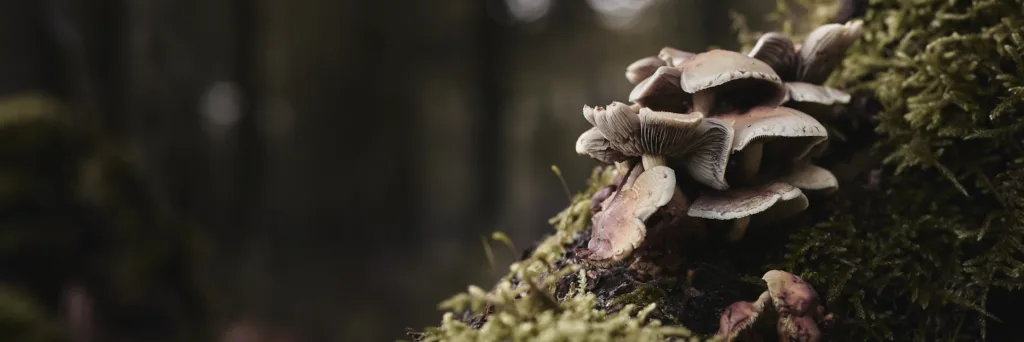
DRYTREE
Environmental thresholds for drought- and heat-related tree mortality (DRYTREE)
Time: 1/2024-12/2028
Type: ERC Starting Grant
PI: Dr. Samuli Junttila
From Space to Soil: How Remote Sensing and Deep Learning Will Illuminate the Hidden Crisis in Our Forests

The world is facing one of its most pressing ecological challenges: the rapid and widespread mortality of trees due to intensifying environmental conditions. Europe experienced its worst drought in 500 years in 2022, adding urgency to understanding how forests can survive in an era of climate change.
Our research aims to revolutionise our understanding of how environmental factors drive tree mortality across species and forest biomes. The research project will use cutting-edge remote sensing technology and deep learning methods to quantify spatial and temporal tree mortality patterns, covering hundreds of millions of trees across large regions in Europe and the US. The data gathered will be unprecedented in detail, capturing the 3D structure of individual trees as well as their specific environmental conditions. The idea is to utilise openly available aerial imagery to create a time series of tree-level tree mortality covering several countries wall-to-wall. We also aim to provide as many details as possible for each dead tree, including species, tree height, canopy size, competition indices and local growing conditions.
This groundbreaking research will bring together ecophysiology, remote sensing, forest ecology, and entomology experts. “Our approach will significantly deepen our understanding of the drivers behind forest dieback,” says Dr Junttila. “We will combine variables such as tree xylem vulnerability, pest insects, soil temperature, and climate to reveal species-specific environmental thresholds for tree mortality.”
Improved knowledge for forest managers and policymakers
The findings from this research will have far-reaching impacts, including providing forest managers and policymakers with vital information to enhance the resilience of future forests. “This is a unique opportunity to make a transformative impact on forest management, particularly in the context of global climate change,” adds Dr Junttila.
We believe that the data created within the DRYTREE project opens many avenues for ecological research in the context of climate change. Forest ecosystems hold a vast majority of terrestrial biodiversity. Once the structure of these ecosystems starts to change due to increasing stress, it will have far-reaching consequences on many aspects of ecology. The DRYTREE project will produce tree-level data on tree mortality over huge landscapes (including wall-to-wall data for entire countries) that enable new research directions in ecology.

Samuli Junttila
Associate Professor

CAWA
Capturing tree canopy water dynamics over time – from single canopies to landscape and global dynamics (CAWA)
Time: 9/2020-8/2023
Type: Academy of Finland postdoctoral grant
PI: Dr. Samuli Junttila

Climate change causes more intensive droughts that result in widespread tree mortality. To better understand the effects of climate change on vegetation, we need more detailed measurements of plant water status on a large scale. So far, there has been no means to extensively and non-destructively measure the dynamics of leaf water within plants, between plants, and on a large scale. We aimed to solve this problem by utilising multispectral laser technology and satellite microwave measurements that measure the entire globe daily. By using these novel remote sensing technologies, we aimed to measure the detailed variation in leaf water content between night and day in both single trees and the entire Finland in unprecedented detail. The knowledge created in this project opens up new possibilities to understand global changes in the interaction between vegetation and water. The research was done at the School of Forest Sciences at the University of Eastern Finland.
The main outcomes of this project included new remote sensing methods for estimating and monitoring leaf water content using multispectral terrestrial laser scanning and close-range hyperspectral observations. A new method was developed for simultaneous measurement of leaf gas exchange and leaf water content, which opens new avenues for understanding leaf water dynamics. The developed methods provide unprecedented accuracy to non-destructive leaf water measurements. For example, diurnal changes in leaf water content can be closely followed using the developed hyperspectral measurement system to understand plants’ response to drought.
